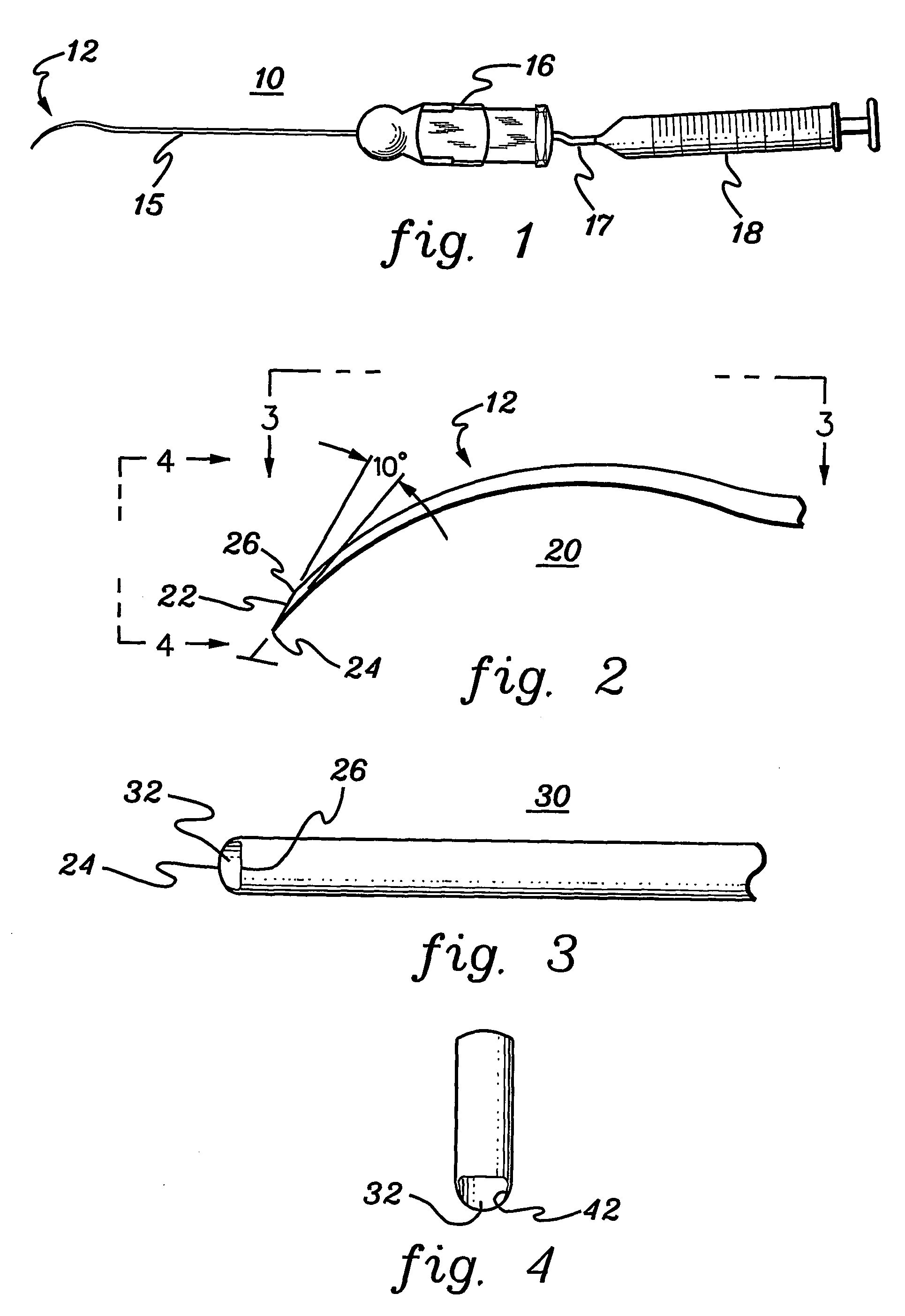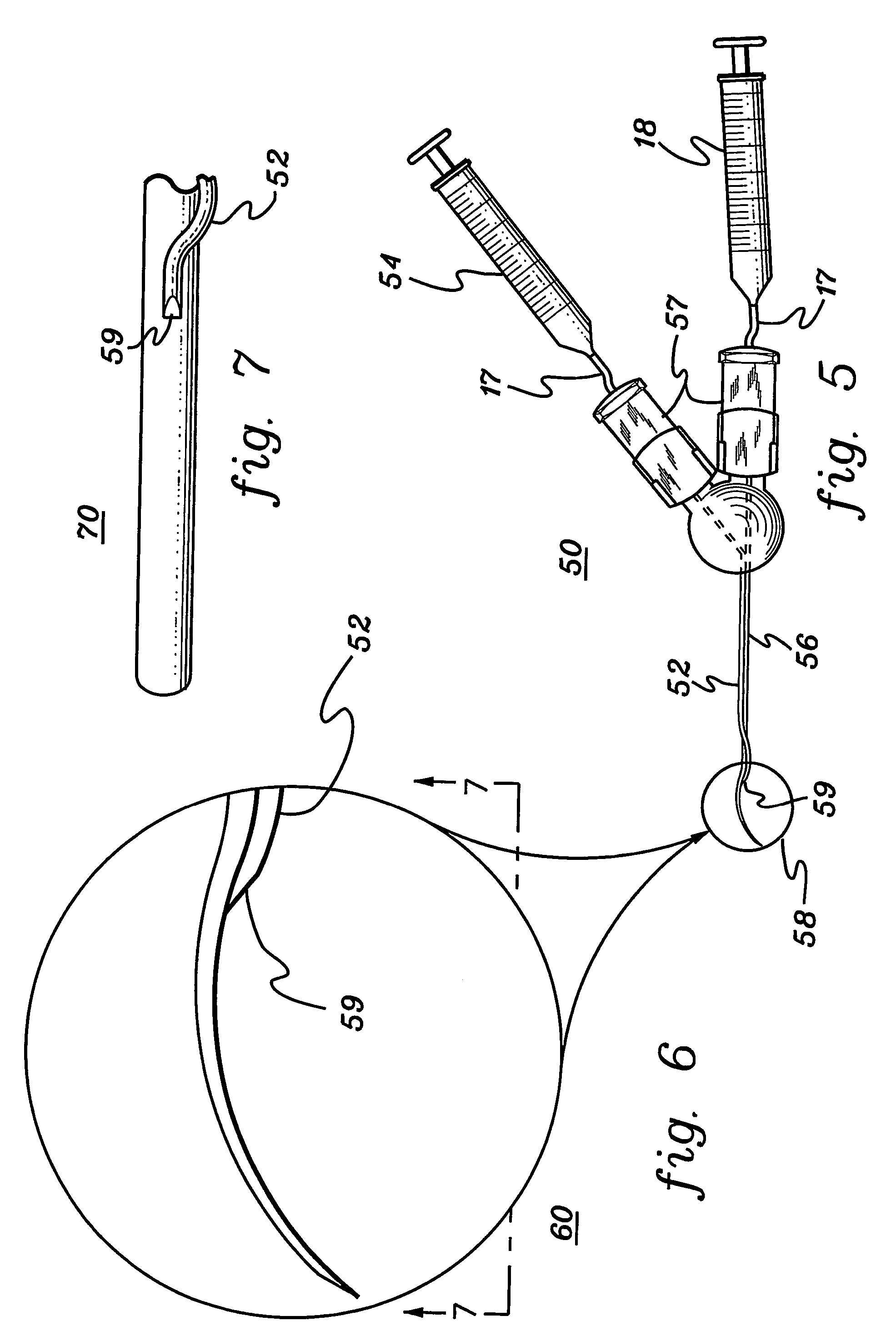Retinal pigment epithelial cell cultures on amniotic membrane and transplantation
a technology of amniotic membrane and rpe cells, which is applied in the direction of prosthesis, drug composition, biocide, etc., can solve the problems of visual impairment, subsequent damage to the photoreceptor cells, and degeneration of photoreceptor cells, so as to promote the growth and differentiation of rpe cells, improve the morphological appearance of rpe cells, and improve the effect of covering the d
- Summary
- Abstract
- Description
- Claims
- Application Information
AI Technical Summary
Benefits of technology
Problems solved by technology
Method used
Image
Examples
Embodiment Construction
[0048]A description of illustrative embodiments of the invention follows. It will be understood that the particular embodiments of the invention are shown by way of illustration and not as limitations of the invention. At the outset, the invention is described in its broadest overall aspects, with a more detailed description following. The features and other details of the compositions and methods of the invention will be further pointed out in the claims.
[0049]The inventors of the subject matter of the present invention attempted first to use the stromal side of amniotic membrane as a substrate on which to grow human umbilical vascular endothelial cells, but the cells would not grow on amniotic membrane. In fact, the endothelial cells underwent apoptosis. The inventors also used the stromal side of amniotic membrane as a substrate in an attempt to grow human polymorphonuclear leucocytes thereon, but the leucocytes would not grow on amniotic membrane.
[0050]The invention relates to t...
PUM
| Property | Measurement | Unit |
|---|---|---|
| thickness | aaaaa | aaaaa |
| radius | aaaaa | aaaaa |
| thickness | aaaaa | aaaaa |
Abstract
Description
Claims
Application Information
 Login to View More
Login to View More - R&D
- Intellectual Property
- Life Sciences
- Materials
- Tech Scout
- Unparalleled Data Quality
- Higher Quality Content
- 60% Fewer Hallucinations
Browse by: Latest US Patents, China's latest patents, Technical Efficacy Thesaurus, Application Domain, Technology Topic, Popular Technical Reports.
© 2025 PatSnap. All rights reserved.Legal|Privacy policy|Modern Slavery Act Transparency Statement|Sitemap|About US| Contact US: help@patsnap.com


